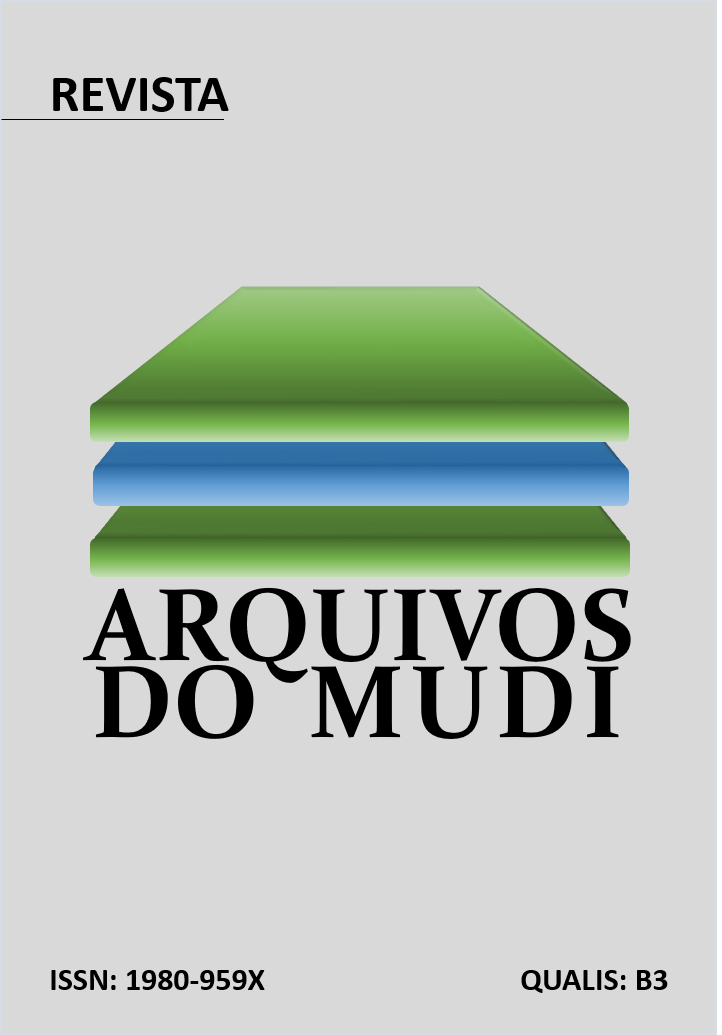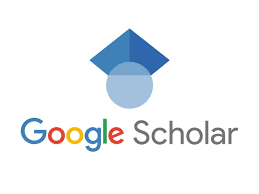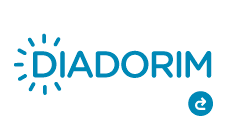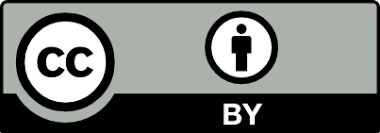O Knowledge of a Second Language: Exploring the Brain Processes of Second Language Acquisition
Abstract
Introduction: second language acquisition induces brain changes, demonstrating neural plasticity. Although more efficient in childhood, learning in adulthood requires greater cognitive effort. Objective: to analyze neural changes in language learning, considering the age of acquisition. Methodology: literature review with a systematic search in PubMed and LILACS databases using descriptors on neuroplasticity and language learning. Results: bilingualism increases cortical thickness, brain connectivity, and white matter, especially in language and cognitive control areas. Bilingual children show greater structural efficiency, while adults compensate by using more neural resources. Conclusion: the age of acquisition influences brain plasticity and language proficiency. Childhood favors better neural adaptation, whereas late learning requires greater recruitment of brain networks.
Downloads
References
Li P, Legault J, Litcofsky KA. Neuroplasticity as a function of second language learning: anatomical changes in the human brain. Cortex. 2014;58:301-24. DOI: https://doi.org/10.1016/j.cortex.2014.05.001
Yamamoto K, Sakai KL. Differential Signatures of Second Language Syntactic Performance and Age on the Structural Properties of the Left Dorsal Pathway. Front Psychol. 2017;8:829. DOI: https://doi.org/10.3389/fpsyg.2017.00829
Legault J, Grant A, Fang SY, Li P. A longitudinal investigation of structural brain changes during second language learning. Brain Lang. 2019; 197:104661. DOI: https://doi.org/10.1016/j.bandl.2019.104661
Liu X, Tu L, Wang J, Jiang B, Gao W, Pan X, et al. Onset age of L2 acquisition influences language network in early and late Cantonese-Mandarin bilinguals. Brain Lang. 2017;174:16-28. DOI: https://doi.org/10.1016/j.bandl.2017.07.003
Luo D, Kwok VPY, Liu Q, Li W, Yang Y, Zhou K, et al. Microstructural plasticity in the bilingual brain. Brain Lang. 2019;196:104654. DOI: https://doi.org/10.1016/j.bandl.2019.104654
Bice K, Kroll JF. Native language change during early stages of second language learning. Neuroreport. 2015;26(16):966-71. DOI: https://doi.org/10.1097/wnr.0000000000000453
Prat CS, Yamasaki BL, Kluender RA, Stocco A. Resting-state qEEG predicts rate of second language learning in adults. Brain Lang. 2016;157-158:44-50. DOI: https://doi.org/10.1016/j.bandl.2016.04.007
Yang J, Cao F, van Heuven WJB, Mei L. Editorial: Second language learning and neuroplasticity: individual differences. Front Psychol. 2024;15:1417238. DOI: https://doi.org/10.3389/fpsyg.2024.1417238
Vaquero L, Rousseau PN, Vozian D, Klein D, Penhune V. What you learn & when you learn it: Impact of early bilingual & music experience on the structural characteristics of auditory-motor pathways. Neuroimage. 2020;213:116689. DOI: https://doi.org/10.1016/j.neuroimage.2020.116689
DECLARAÇÃO DE ORIGINALIDADE E DIREITOS AUTORAIS
Declaro que o presente artigo é original, não tendo sido submetido à publicação em qualquer outro periódico nacional ou internacional, quer seja em parte ou em sua totalidade.
Os direitos autorais pertencem exclusivamente aos autores. Os direitos de licenciamento utilizados pelo periódico é a licença Creative Commons Attribution 4.0 (CC BY ): são permitidos o acompartilhamento (cópia e distribuição do material em qualqer meio ou formato) e adaptação (remix, transformação e criação de material a partir do conteúdo assim licenciado para quaisquer fins, inclusive comerciais.

Recomenda-se a leitura desse link para maiores informações sobre o tema: fornecimento de créditos e referências de forma correta, entre outros detalhes cruciais para uso adequado do material licenciado.

















